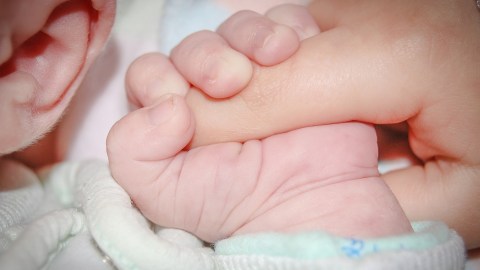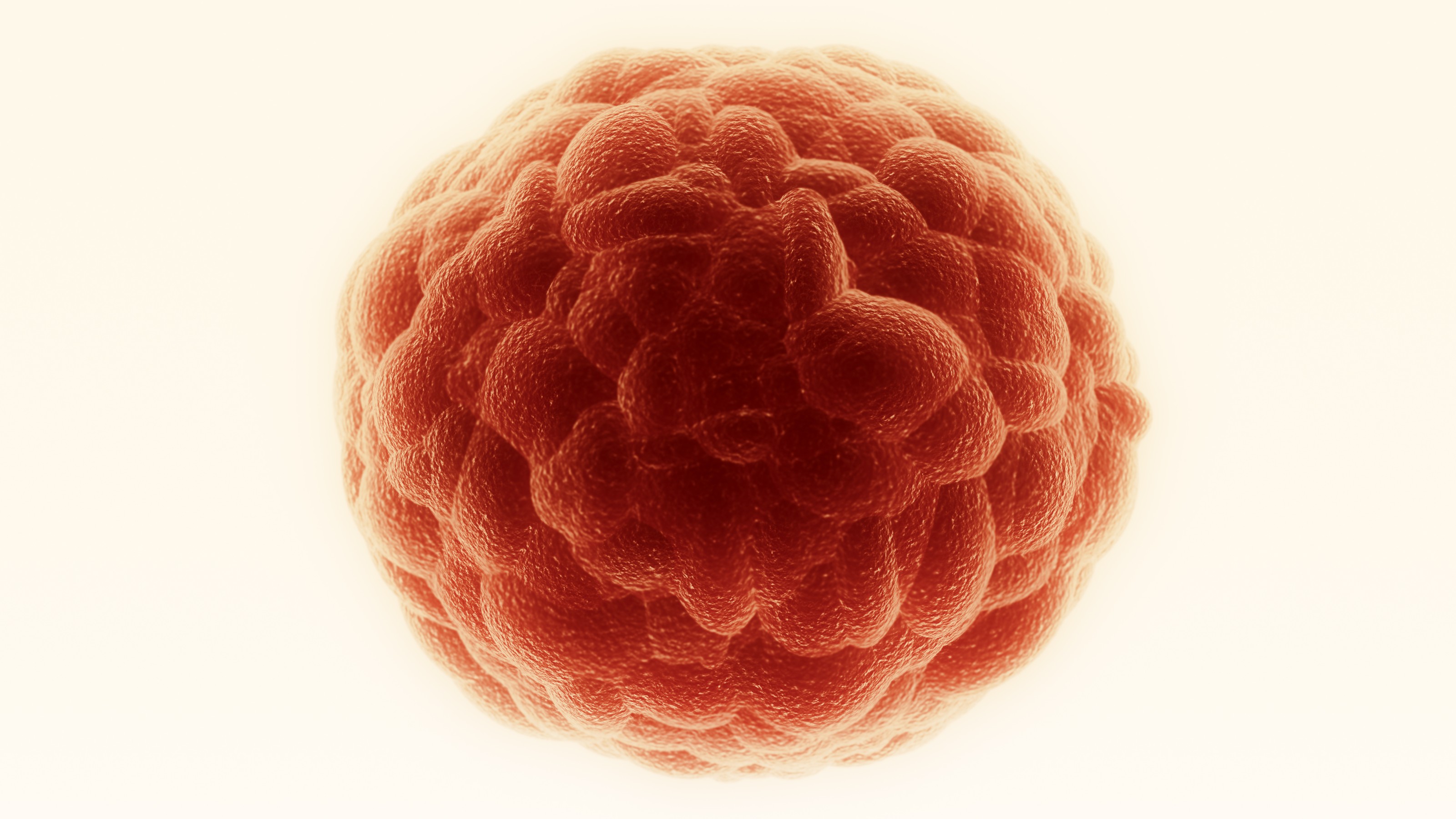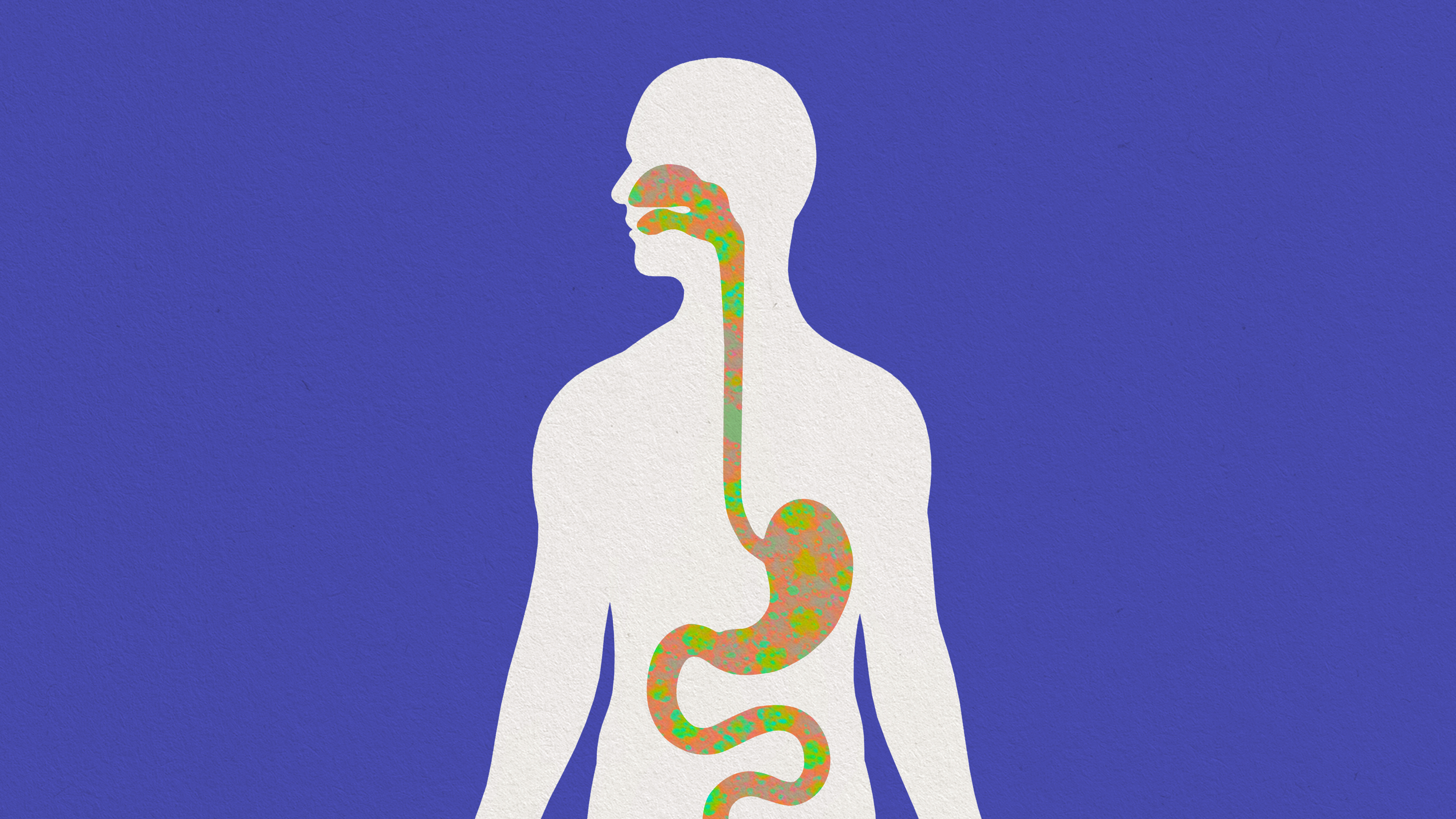First baby born to mother with uterus transplanted from deceased woman

Pixabay
- The healthy baby girl was born to a 32-year-old woman in Brazil who received a uterus transplant from a deceased woman.
- It marks the first successful transplant from a deceased donor. A handful of transplants from living donors have proven successful so far.
- Deceased donations would greatly expand the pool of potential donors, considering it’s relatively difficult to find living donors willing to undergo the procedure.
A baby born to a mother who received a uterus transplanted from a deceased woman is healthy nearly one year after her birth, marking the world’s first case of producing a healthy child through the procedure.
The findings, reported by a team in Brazil, were published Tuesday in The Lancet.
Scientists worldwide have successfully conducted about a dozen uterine transplants from living donors so far, though there have been some complications and failed attempts. What’s been unclear, however, is whether women with fertility problems might someday be able to receive transplants from the deceased. Ten previous attempts have failed or led to miscarriage.
The benefits of deceased transplants include the ability to extract more tissue from the vagina and blood vessel network, and they would also vastly expand the pool of potential donors, as living donors are often limited to family and friends of women in need.
The success of a recent case in Brazil shows promise for the future of deceased donations.
In 2016, a 32-year-old Brazilian woman born without a uterus received one through a transplant from a deceased 45-year-old mother who had died from a stroke. She was given anti-rejection drugs so her body would accept the transplant, and seven months later received a fertilized embryo through an implant.
In December 2017, she gave birth to a healthy baby girl by cesarean section at the Hospital das Clinicas, University of Sao Paulo School of Medicine. Doctors removed the uterus during the C-section because they want “to focus on helping more women have a single child rather than on one woman having more than one,” as Dani Ejzenberg, the doctor at the University of Sao Paulo in Brazil who led the transplant team, told Scientific American.
Infertility is caused by a wide range of factors. In the U.S., about 10 percent of women have trouble getting or staying pregnant, according to the Center for Disease Control and Prevention. The Brazilian woman in the recent study had a rare condition called Mayer-Rokitansky-Küster-Hauser syndrome (MRKH), in which a woman is born without a uterus altogether. (MRKH affects about 1 in every 5,000 women.)
Scientists, including one team at the Cleveland Clinic in the U.S., plan to continue conducting research on both living and deceased donations in order to improve fertility treatments for women with uterine problems.
The researchers said the Brazil case “establish[es] proof-of-concept for treating uterine infertility by transplantation from a deceased donor, opening a path to healthy pregnancy for all women with uterine factor infertility, without need of living donors or live donor surgery.”
If that success can be replicated elsewhere, it could open up “a much wider potential donor population, applies lower costs and avoids live donors’ surgical risks,” Srdjan Saso, from Imperial College London, told the BBC.
But for now, it remains unclear whether deceased or living donations will be the more viable option in years to come.





